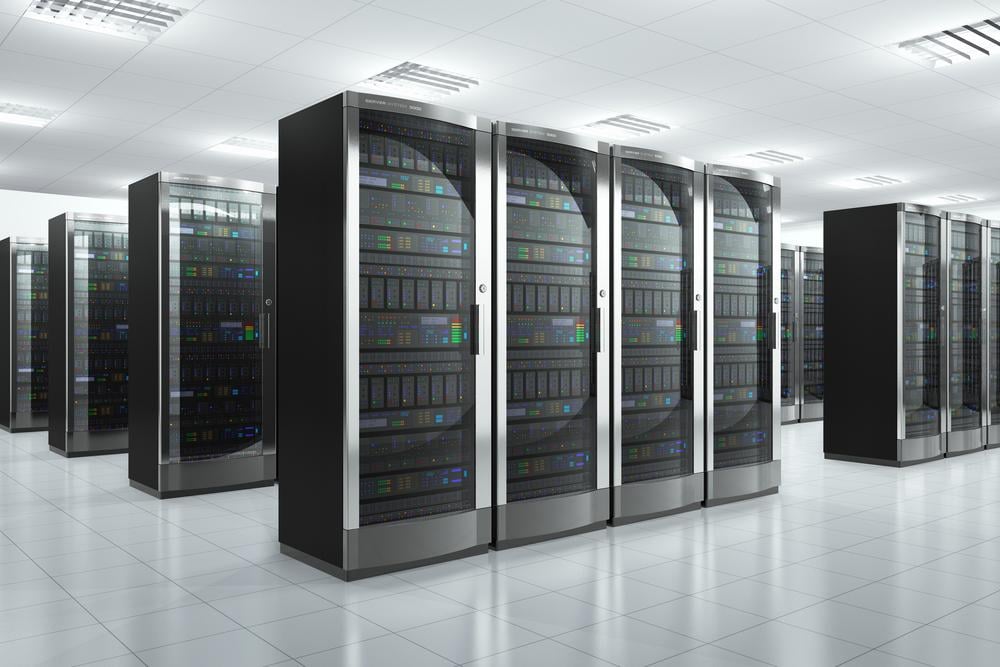Dedicated Server
Dedicated server (or a dedicated hosting service) is a type of hosting in which the client is provided with a separate physical server machine (in opposition to shared hosting). It’s usually used to run applications that can’t co-exist with other applications on the same server or have increased hardware requirements.
The service called “dedicated server” assumes the lease of one physical server by one client. The client chooses hardware, taking into account possible resource requirements in the future, and the host owner places the server in a rack in the data center. There, during the entire lease term, the host owner provides uninterrupted power supply and the network access to your hardware, supports the condition of the server, that is, constantly monitors the technical state of the components: hard drive, processor, power supply, etc. If there’s no competent person on the client’s side who could undertake the administration of the server, the host can provide this option as an additional service for an additional payment.
Pros:
- the ability to choose a suitable server configuration
- the ability to use all physical server machine resources
- complete freedom of action due to access at the administrator (root) level
- the lack of resource-consuming “neighbors” on the server
Cons:
- high price
- the need for independent administration of the server, which requires special knowledge and skills or extra payment for administrating services
Possibilities that a dedicated server gives to a client compared to shared hosting:
- root access (administrator access) to the server
- turn on, shutdown and reboot the server at will
- reinstalling the operating system if needed
- operating system management (update, module management, use of system restore)
- installation and configuration of any software
- work with file system (upload files to the server, create them, modify, delete)
- change the hardware configuration of the server if needed
Related terms:
Bandwidth, Browser, Database, Domain, Query.
